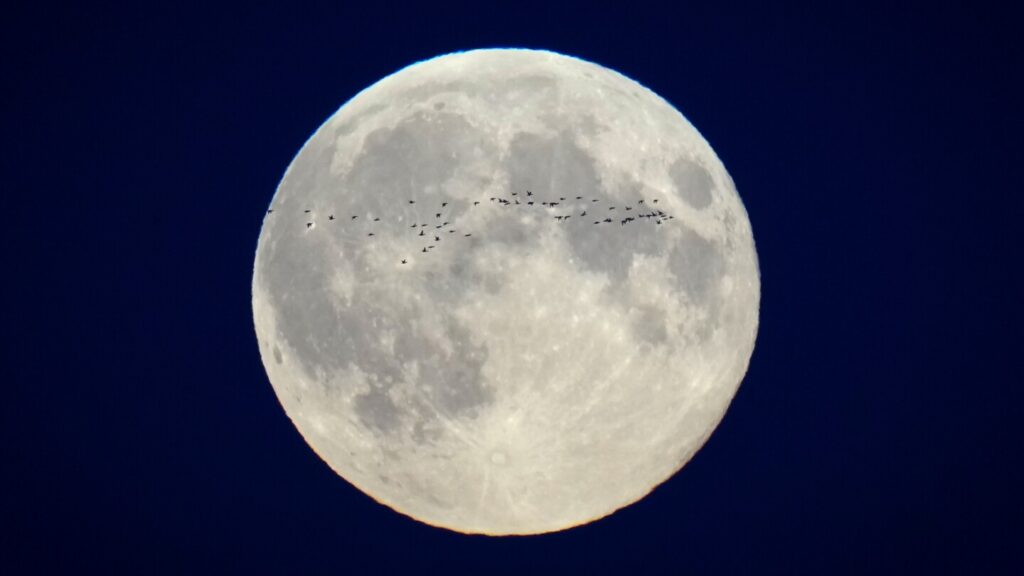In Cape Canaveral, Florida, a recent series of lunar landings has seen both successes and failures. A new lander from Intuitive Machines failed just 24 hours after its launch when its battery died, marking another setback in U.S. attempts to return to the moon. In contrast, Firefly Aerospace achieved a successful lunar landing earlier this week, becoming the first private company to do so. This success is part of a broader NASA initiative to foster commercial lunar missions.
The history of lunar landings highlights significant milestones, starting with the Soviet Union’s Luna 9 in 1966, followed by the U.S. Surveyor 1. The famed Apollo program saw astronauts land on the moon multiple times between 1969 and 1972. China’s lunar success began in 2013 with the Yutu rover and includes future missions planned for rock sample returns. Russia faced challenges when attempting to land its Luna 25 spacecraft in 2023, which marked its first attempt in nearly fifty years.
India also achieved success with its Chandrayaan-3 mission in 2023, while Japan’s landing in January was hindered by an improper orientation that affected its operations. Private enterprises have made efforts as well, with varying results; Israel’s Beresheet spacecraft crashed in 2019, while ISPACE experienced setbacks in 2023. Despite these challenges, Intuitive Machines’ lunar lander managed to achieve a short-lived success in 2024, exemplifying the ongoing efforts and competition in lunar exploration. Upcoming missions continue to be planned, including one by ISPACE aiming for a June 2024 landing.
Source link


